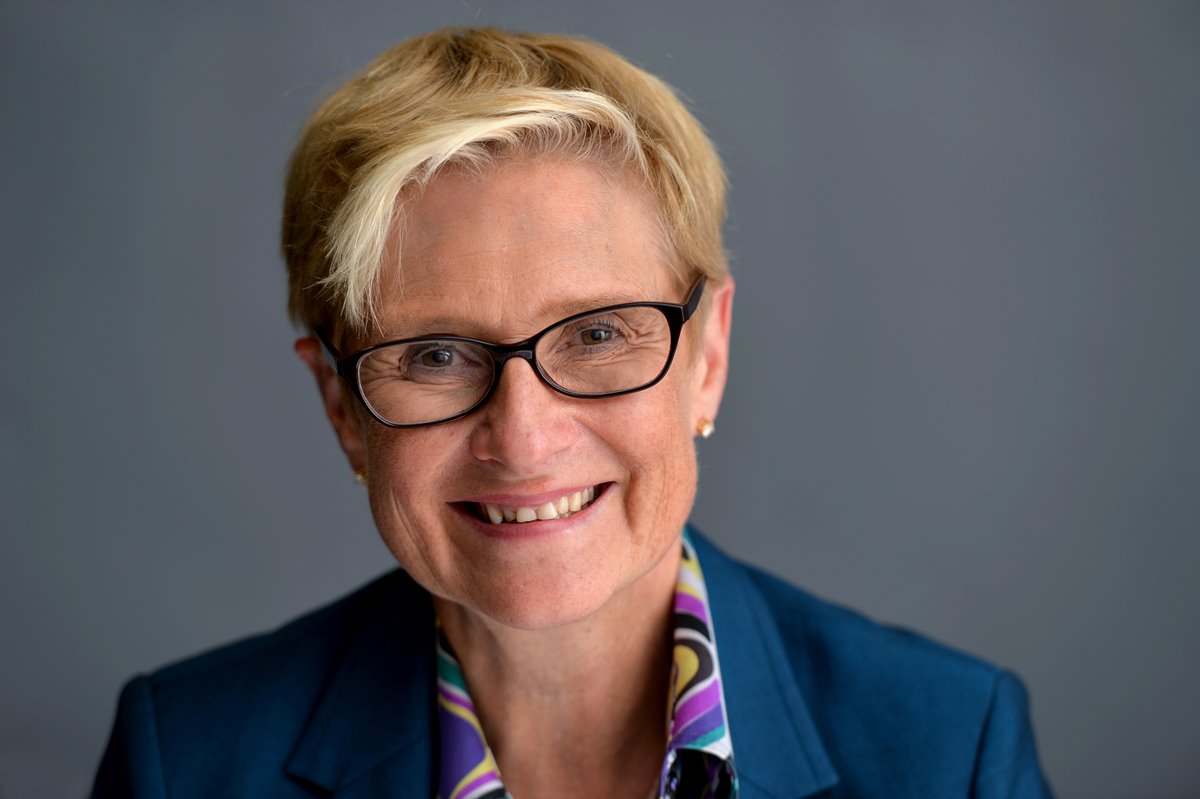Improving the experience of patients should be at the heart of work to increase capacity in radiology services within the constraints of Covid-19, according to a new national report from the Getting It Right First Time (GIRFT) programme.
The GIRFT report, written by Dr Katharine Halliday, a leading radiologist at Nottingham University Hospitals NHS Trust, examines ways of meeting the ever-increasing demand on radiology units in England at the same time as shaping a better service for patients.
Professor Sir Mike Richards’ recent review of diagnostic servicesDiagnostics: Recovery and Renewal – commissioned by NHS England and NHS Improvement – called for an urgent increase in diagnostic provision, including the creation of community diagnostic hubs, or ‘one-stop shops’ away from hospitals.
This aligns with recommendations in the GIRFT report, which identifies ways of maximising existing capacity and planning service expansion. During the pandemic, trusts adapted quickly to enable separate scanning for patients with proven or suspected coronavirus.
The report suggests this separation can now be developed to create sites for ‘hot’ urgent work and ‘cold’ pre-booked appointments to help prevent last-minute cancellations and allow patients to receive all the imaging they need in a single visit, close to their homes.
The GIRFT programme works with frontline clinicians to help improve the quality of care within the NHS by identifying and reducing unwarranted variations in service and practice. Proposals that are made are tried and tested in some centres but not yet common practice.
- Other patient-centred measures outlined in the report include:
- Online booking and extended hours for outpatient appointments to ensure imaging can be arranged to suit the patient, helping to reduce non-attendance.
- Dedicated day case units or beds for patients having interventional radiology procedures, to help prevent delays and hospital-acquired infections, and free up beds elsewhere.
- Delivering faster results by increasing the amount of reporting carried out at home by radiologists and reporting radiographers.
- Reducing the stress of delays by using artificial intelligence (AI) tools to support scheduling, prioritisation and, in due course, some aspects of image interpretation.
The Society of Radiographers has backed the report. Chief executive officer Richard Evans said: ‘The report should be seen as a toolkit for good management of services and a call for NHS trusts to ensure that their diagnostic imaging services are resourced and aligned to the Quality Standard for Imaging, to enable best practice in the interests of patients and staff alike’.
This report is based on visits to more than 140 radiology units across England. Author Dr Halliday said: ‘Covid-19 has drastically affected the way healthcare is delivered worldwide and the pandemic has made our recommendations even more pressing. Workforce and equipment shortages have been thrown into stark relief and cramped departments are not suited to social distancing.
‘Agility and flexibility will be key in dealing with the large numbers of patients who are now waiting for investigations and this can only be achieved with cross-organisational working, good data and robust IT systems.
The report also suggests innovative approaches to staff recruitment, retention and training, with a key recommendation calling for trusts to ensure all members of the radiology team receive the training they need to enable them to work at the top of their licence. A move to imaging networks will facilitate this, as outlined in NHS England and NHS Improvement’s 2019Transforming Imaging services in England: a national strategy for imaging networks.
Click here to download the GIRFT radiology report.
GIRFT is a partnership between the NHS Royal National Orthopaedic Hospital Trust and NHS England and NHS Improvement.
